In-game name as reference: Light tank - T-60
[Antonov A-40] (coming soon)
(wip)
Overview
(from wikipedia)
Nicholas Astrov's design team at Moscow Factory No. 37 was assigned the task of designing amphibious and non-amphibious scout tanks in 1938. They produced the T-30A and T-30B prototypes. The former was to be manufactured as the T-40 amphibious tank starting in 1940. The T-30B prototype, sharing the T-40's chassis but simpler in construction and with heavier armour, was accepted as the tank that is often known as T-60 scout tank, but it was very different from actual T-60 (often referred as "T-40" T-60/T-30).
Development of the T-60 began in the first days of the German invasion. The new tank was to be a stopgap measure to restock the heavy losses suffered by the tank corps while production lines of the heavier tanks like the T-34 or the KV-1 could not provide tanks of desired reliability in desired quantities. Unlike its heavier siblings, the T-60 was designed to be produced on factories that did not have the machinery for dedicated tank production, such as the GAZ truck plant in Nizhny Novgorod, or the shipbuilding factory ?264 in Stalingrad.
Based on the T-40 chassis already in production, the T-60 traded its predecessor's amphibious ability for heavier armour. Furthermore, to make the tank easier to produce, while reconnaissance was still intended as one of the new tank's possible applications, it became the only Soviet tank after the MS-1 never to receive a radio station (despite having a niche for it).
The tank was originally meant to be armed with a 12.7 mm machine gun like the T-40, but on the People's Commissar for Tank Industry Vyacheslav Malyshev's suggestion, it was up-armed by an automatic 20 mm TNSh cannon, a tank version of the ShVAK used on Soviet aircraft, since the weapon was in production in massive quantities easily to rival these of the DShK. Using an aircraft weapon on a ground vehicle presented multiple problems: the cannon easily succumbed to dust and could only penetrate 15 mm of perpendicular armour at 500 m, which proved inadequate against the newer up-armoured German tank designs, thus firmly relegating the T-60 to infantry support role.
The first experimental T-60s were produced by July 1941, but serial production did not begin until the autumn of the same year. However, once priority was given to it at the GAZ, at the expense of truck production, hundreds could be built monthly, total production in 1941 alone reaching more than 1360 units, 1177 of them built at the Nizhny Novgorod factory. The tanks participated in the 1941 October Revolution Parade and went to be used widely in the defense of Moscow.
A number of T-60s were captured and pressed into German use as the Panzerkampfwagen T-60 743(r).
The shortcomings of the 20 mm autocannon used on the T-60 were apparent, thus attempts were made in 1942 to re-arm the tank with the 37 mm ZIS-19 cannon, but were abandoned due to the Soviet Union's shortage of 37 mm ammunition. Due to this a new project was started to house the standard 45mm tank gun on a modified turret. That became possible, and a new turret was designed and tested successfully in the summer of 1942. The new turret had the gun moved to its right side to make more room for the crew member and a coaxial machine gun was added. Eventually, improvement of the T-60 resulted in the creation of the T-70, an up-armoured and up-gunned version of the tank with the chassis lengthened to fit the new two-engine powerplant.
The Stavka accepted the T-70 as the new standard light tank for the Red Army, and eventually it became the second-most produced tank in the Red Army after the T-34, which replaced it in the tank regiments in November 1943. The T-70 remained in use for reconnaissance or towing artillery, and its chassis became the basis for the most widely-produced light self-propelled gun of the war, the SU-76, as well as light self-propelled anti-aircraft guns, the T-90 and the ZSU-37.
Thus, the history of the T-60 and the vehicles developed from it largely mirrored the fate of the most comparable German tank of the war, the PzKpfw II.
Specifications
Maximum speed: 46 km/h
Armament:
20 mm cannon, 750 rounds
1 MG
Controlled by @SenSkysh's auto-aim codes on the turret rotators
Gallery
Specifications
General Characteristics
- Created On Android
- Wingspan 7.6ft (2.3m)
- Length 13.6ft (4.1m)
- Height 6.6ft (2.0m)
- Empty Weight 3,217lbs (1,459kg)
- Loaded Weight 3,791lbs (1,719kg)
Performance
- Wing Loading 4,508.6lbs/ft2 (22,012.7kg/m2)
- Wing Area 0.8ft2 (0.1m2)
- Drag Points 2699
Parts
- Number of Parts 70
- Control Surfaces 0
- Performance Cost 503

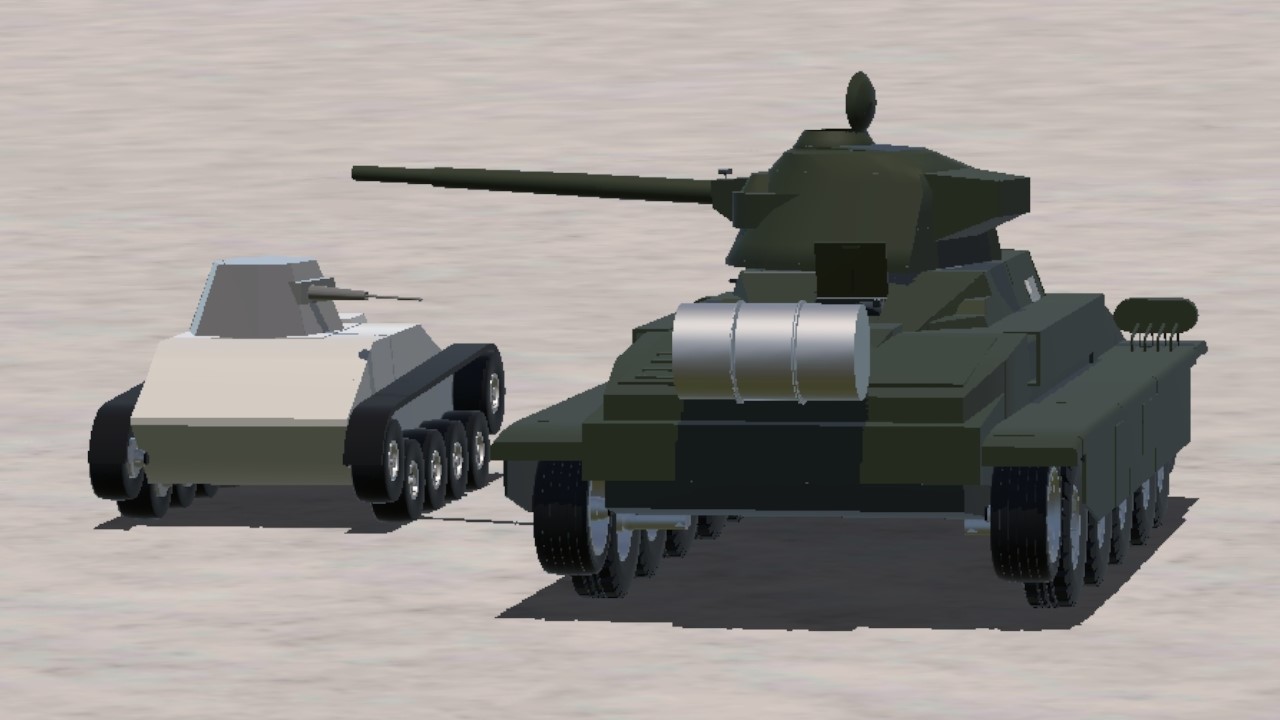
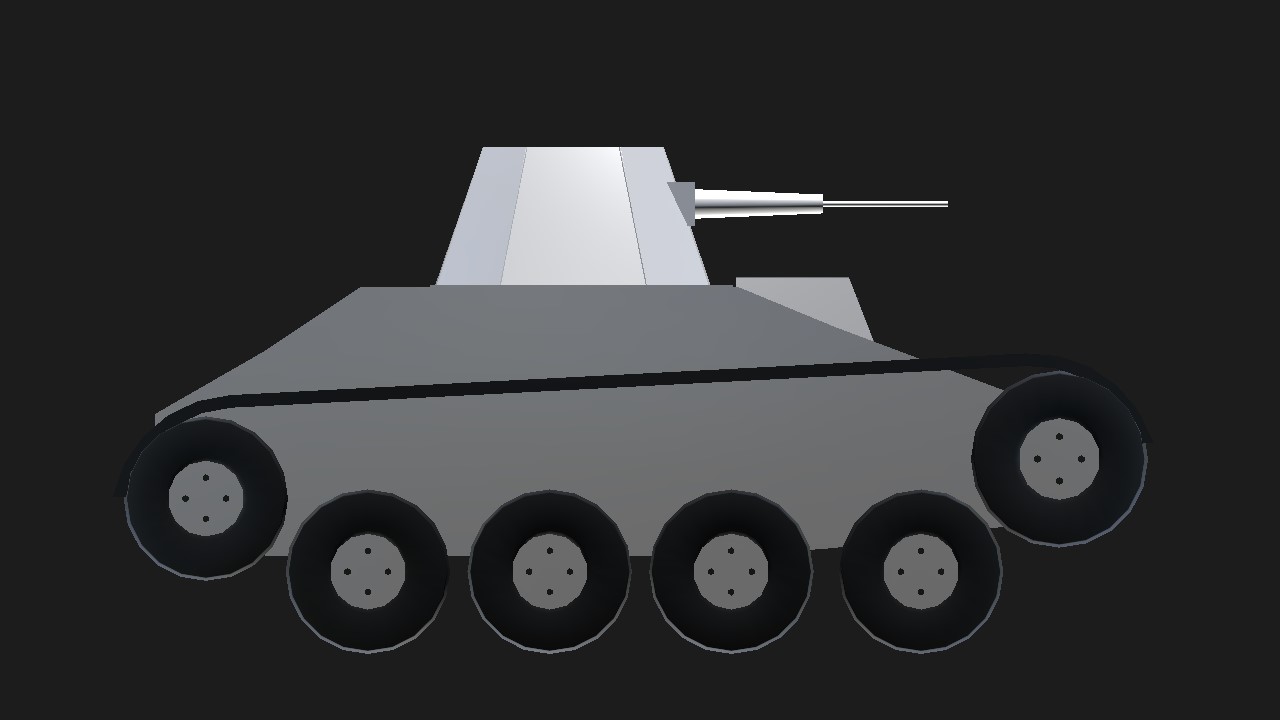
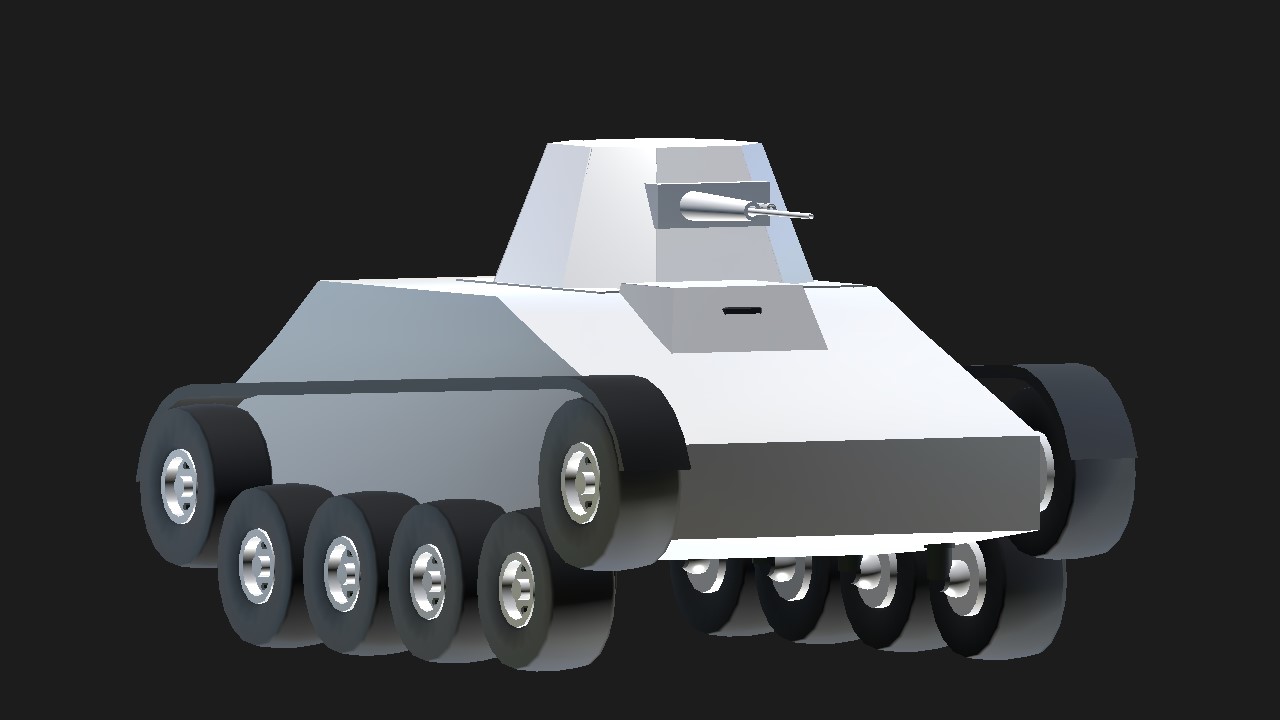
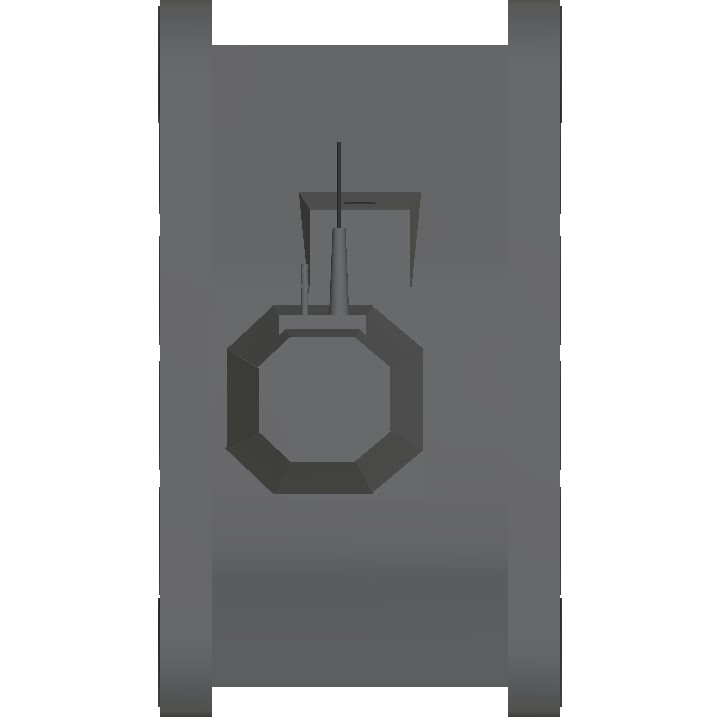
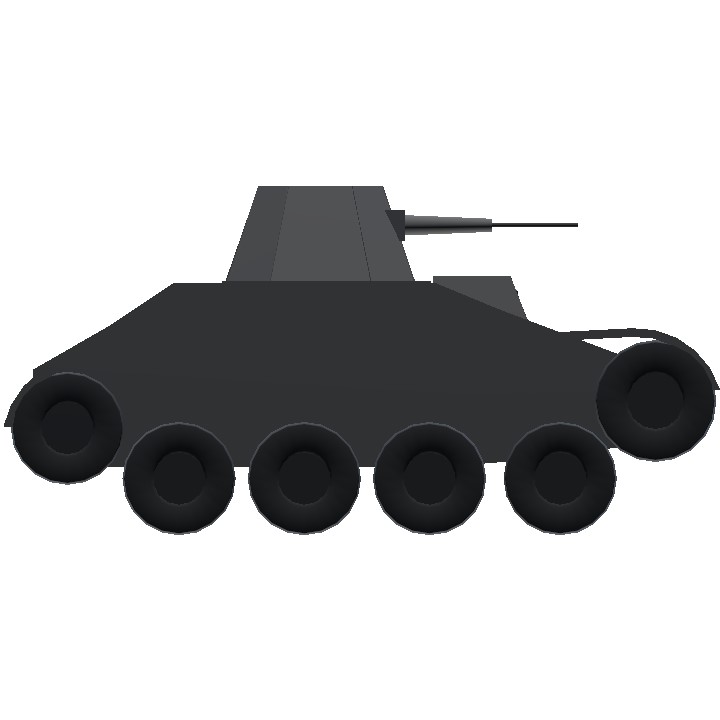
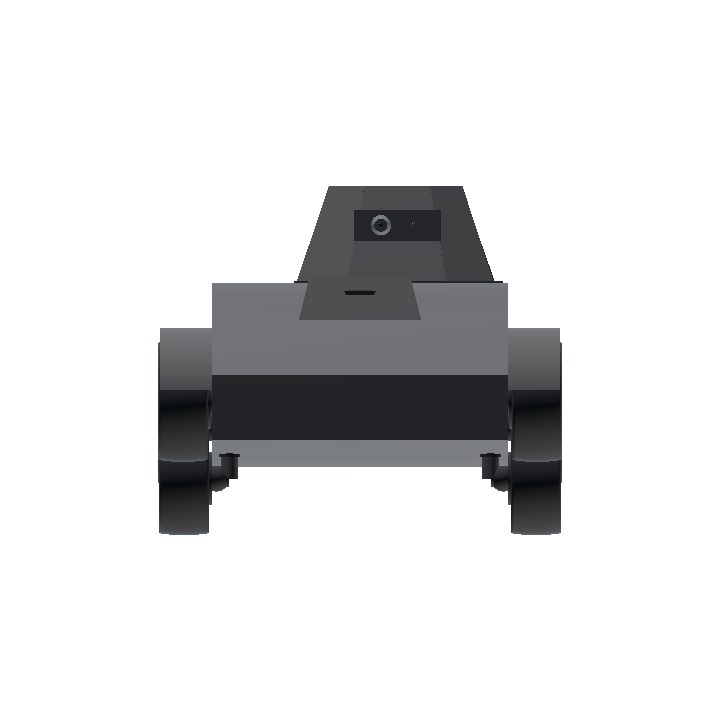
For someone who has Tank Tracks mod: You can freely refit its wheels with modded tankn tracks.
Anomalocaris
This is the first of three builds under @X99STRIKER 's build request:
An Antonov A-40, complete
An Antonov A-40 but without the tank
The T-60 light tank